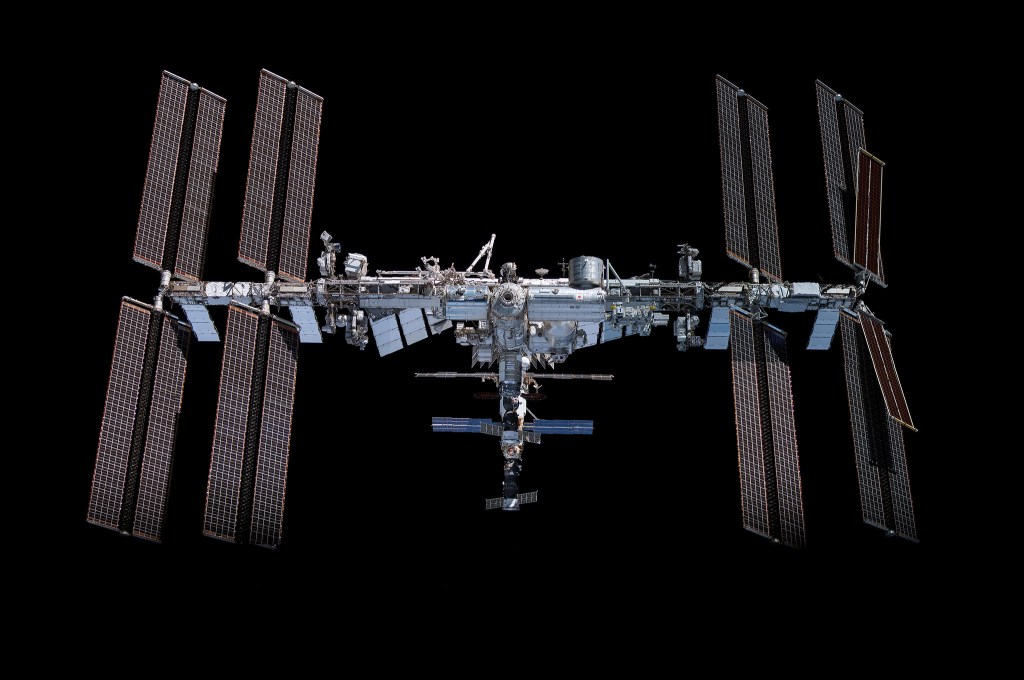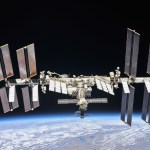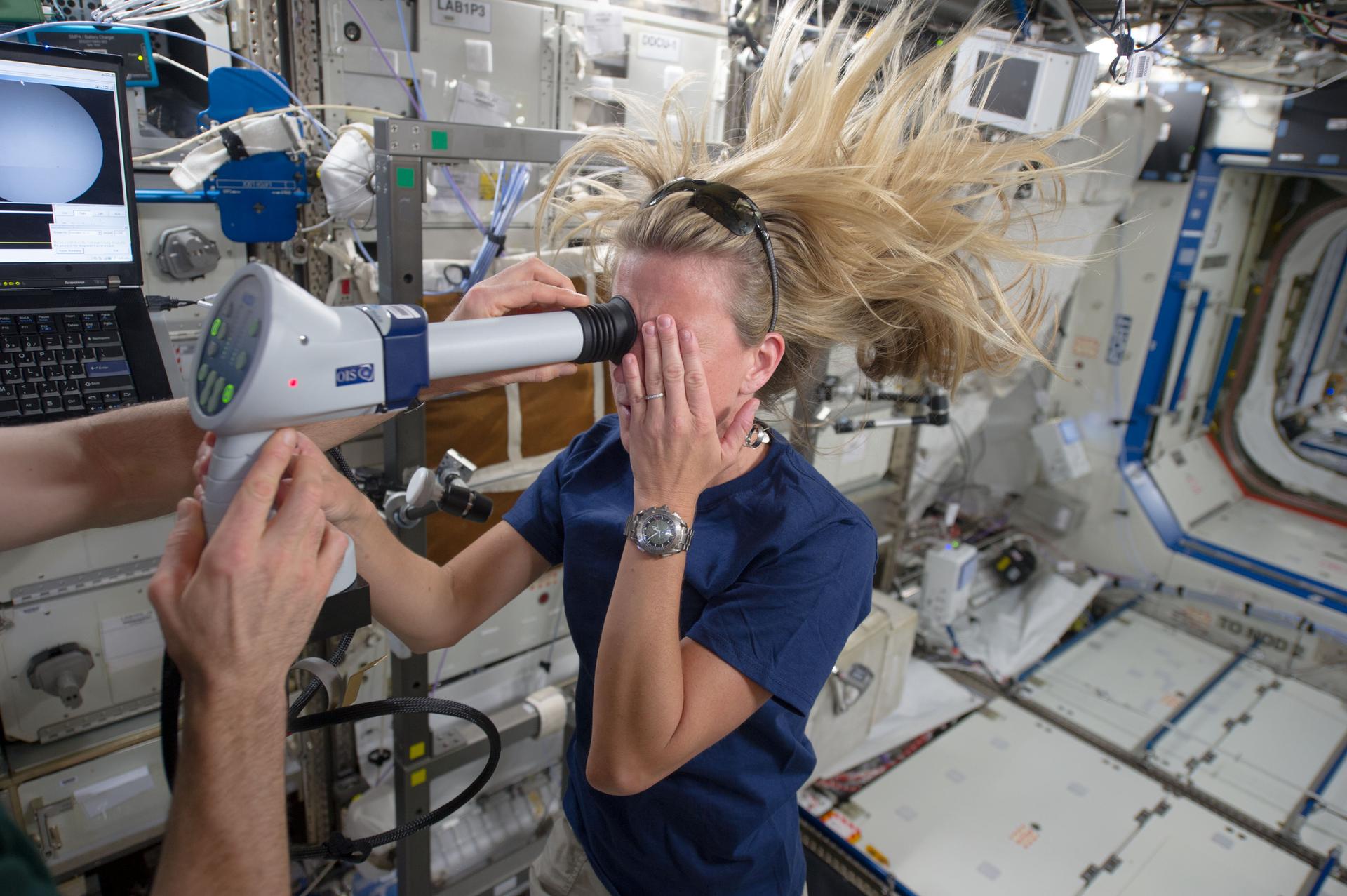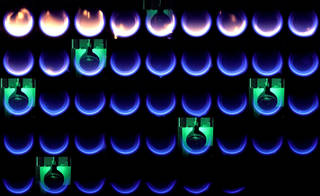Frequently Asked Questions About
The International Space Station Transition Plan
This article was updated July 18, 2024, to reflect the latest information on the U.S. deorbit spacecraft.
The International Space Station Transition Plan laid out NASA’s vision for the next decade of the microgravity laboratory that is returning enormous scientific, educational, and technological developments to benefit people on Earth, and enabling our ability to travel into deep space. In the future, the United States plans to transition its operations in low Earth orbit to commercially-owned and -operated destinations to ensure continued access to essential research and technology development.
At the conclusion of the International Space Station Program, the station will be deorbited in a controlled manner to ensure avoidance of populated areas on Earth. The station’s safe deorbit is the shared responsibility of the five space agencies — including NASA, CSA (Canadian Space Agency), (ESA) European Space Agency, JAXA (Japan Aerospace Exploration Agency), and the State Space Corporation Roscosmos — that have operated it since 1998.
NASA and the International Space Station partner agencies have studied options to safely deorbit the space station, including the option of using up to three Rosocomos Progress spacecraft at the end of station operations. These efforts indicated that a new or modified spacecraft is needed to provide more robust capabilities for deorbit. NASA has engaged with U.S. industry and is proceeding with plans to procure a spacecraft (U.S. Deorbit Vehicle) that will perform the final, safe, deorbit maneuver of the space station.
Below are a series of the most common questions about this subject with answers from NASA engineers and specialists.
What comes after the International Space Station?
It is NASA’s goal to be one of many customers in a robust commercial marketplace in low Earth orbit where in-orbit destinations as well as cargo and crew transportation, are available as services to the agency. As NASA transitions operations and services in low Earth orbit to private industry, the agency will focus on human missions beyond this region at the Moon and Mars.
NASA currently is using the International Space Station as a microgravity platform for scientific research and technology demonstrations. Over the more than two decades years of continuous human presence, the agency has enabled industry growth using the International Space Station as a test bed from the development of commercial cargo and crew spacecraft, designating U.S. segment research time to the International Space Station National Laboratory, and providing a platform for commercial use, including private astronaut missions.
The agency is also enabling private industry development of commercially owned and operated space stations, which are planned prior to the deorbit of the International Space Station to prevent a gap in services.
With the agency’s Artemis missions at the Moon in preparation for future human exploration of Mars, we are building on the research and technology development on the space station to inform how we live and work in deep space.
Why is NASA planning for the end of the International Space Station?
The International Space Station now has more than 23 years of a continuous human presence aboard the microgravity laboratory with assembly missions starting in 1998. Throughout the years, NASA and its international partners have worked together to operate, maintain, and upgrade parts of station. The technical lifetime of the station is limited by the primary structure, which includes the modules, radiators, and truss structures. The lifetime of the primary structure is affected by dynamic loading (such as spacecraft dockings/undockings) and orbital thermal cycling. NASA has committed to fully use and safely operate the space station through 2030, as the agency also works to enable and seamlessly transition to commercially owned and operated platforms in low Earth orbit.
This will allow NASA to buy the services it needs from commercial companies for microgravity research and technology demonstrations while the agency explores the Moon and Mars.
Why did NASA decide to deorbit the space station instead of alternative options?
NASA has examined several options for decommissioning of the International Space Station, including disassembly and return to Earth, boosting to a higher orbit, natural orbital decay with random re-entry, and controlled targeted re-entry to a remote ocean area.
Disassembly and Return to Earth: The space station is a unique artifact whose historical value cannot be overstated. NASA considered this when determining if any part of the station could be salvaged for historical preservation or technical analysis. The station’s modules and truss structure were not designed to be easily disassembled in space. The space station covers an area about the size of a football field, with the initial assembly of the complex requiring 27 space shuttle flights, using the since-retired shuttle’s large cargo bay, and multiple international partner missions, spanning 13 years and 161 extravehicular activities (EVAs), commonly known as spacewalks. Any disassembly effort to safely disconnect and return individual components (such as modules) would face significant logistical and financial challenges, requiring at least an equivalent number of EVAs by space station crew, extensive planning by ground support personnel, and a spacecraft with a capability similar to the space shuttle’s large cargo bay, which does not currently exist. Though large modules are not feasible for return, NASA has engaged with the Smithsonian National Air and Space Museum and other organizations to develop a preservation plan for some smaller items from the space station.
Boost to Higher Orbit: NASA evaluated moving the station from its present orbit to a higher orbital regime where its lifetime could be theoretically extended, thereby preserving the spacecraft for future generations. The space station flies at an altitude where Earth’s atmosphere still creates drag and requires regular reboosts to stay in orbit. The station operates in LEO around 257 miles (415 km) in altitude and as a mass of more than 945,000lbs (430,000kg). Depending on solar activity, the station’s orbital lifetime (the time before the station would naturally re-enter from atmospheric drag alone) at this altitude is roughly one-to-two years without reboosts. For this reason, the station cannot remain in orbit indefinitely, as it will naturally fall back to Earth, where an uncontrolled deorbit could pose a threat to people on the ground (see uncontrolled re-entry option).
Space station operations require a full-time crew, and as such, an inability to keep crews onboard would rule out operating at higher altitudes. The cargo and crew vehicles that service the space station are designed and optimized for its current 257 mile (415km) altitude and, while the ability of these vehicles varies, NASA’s ability to maintain crew on the space station at significantly higher altitudes would be severely impacted or even impossible with the current fleet. This includes the international crew and cargo fleet, as Roscosmos assets providing propulsion and attitude control need to remain operational through the boost phase.
Ignoring the requirement of keeping crew onboard, NASA evaluated orbits above the present orbital regime that could extend just the orbital lifetime of the space station. Boosting the International Space Station would require 120-140 m/s delta-V for a 100-year target orbit lifetime and 760 m/s delta-V for a greater than 10,000 year orbit lifetime, in comparison to 57 m/s for a controlled deorbit.
Additionally, ascending to these orbits would require the development of new propulsive and tanker vehicles that do not currently exist. While still currently in development, vehicles such as the SpaceX Starship are being designed to deliver significant amounts of cargo to these orbits; however, there are prohibitive engineering challenges with docking such a large vehicle to the space station and being able to use its thrusters while remaining within space station structural margins. Other vehicles would require both new certifications to fly at higher altitudes and multiple flights to deliver propellant.
The other major consideration when going to a higher altitude is the orbital debris regime at each specified locale. The risk of a penetrating or catastrophic impact to space station (i.e., that could fragment the vehicle) increases drastically above 257miles (415km). While higher altitudes provide a longer theoretical orbital life, the mean time between an impact event decreases from ~51 years at the current operational altitude to less than four years at a 497 mile (800km), ~700-year orbit. This means that the likelihood of an impact leaving station unable to maneuver or react to future threats, or even a significant impact resulting in complete fragmentation, is unacceptably high. NASA has estimated that such an impact could permanently degrade or even eliminate access to low Earth orbit for centuries.
Random v. Controlled Re-entry: The U.S. Government specifies that re-entering spacecraft must meet or exceed a 1-in-10,000 likelihood of public risk due to debris. An inability to meet this specification requires the spacecraft to conduct a controlled deorbit, which is a standard industry practice for spacecraft that exceed the U.S. Government’s safe re-entry requirements unless the spacecraft operates near a disposal orbit, such as a geosynchronous orbit. An uncontrolled deorbit occurs when a spacecraft enters the atmosphere without navigational or propulsive control and is only acceptable when the debris impact risk to the public is small (i.e., a small spacecraft or the structure breaks into small pieces and has a small debris footprint). The International Space Station requires a controlled re-entry because it is very large, and uncontrolled re-entry would result in very large pieces of debris with a large debris footprint, posing a significant risk to the public worldwide. Ensuring the space station is well maintained continues to be the safest operational approach while also planning for deorbit at the space station’s end of life.
The use of existing space station propulsion systems, such as the Roscosmos Progress vehicles, would provide an alternative to an uncontrolled re-entry prior to the arrival of the U.S. Deorbit Vehicle (USDV). However, these systems do not provide sufficient margin to lower the public risk to an acceptable level. The USDV will provide this margin to lower the public risk to U.S. Government standards.
Read more on the agency’s International Space Station Deorbit Analysis Summary white paper.
How will NASA deorbit the International Space Station?
The primary objective during space station deorbit operations is the responsible re-entry of the space station’s structure into an unpopulated area in the ocean. The chosen approach for safe decommissioning is a combination of natural orbital decay, intentionally lowering the altitude of the station likely using current propulsive elements, and then execution of a re-entry maneuver for final targeting and to control the debris footprint.
Due to the high propellant requirement of this final maneuver, the Earth’s natural atmospheric drag will be used as much as possible to lower station’s altitude while setting up deorbit. Once all crew have safely returned to Earth, and after performing small maneuvers to line up the final target ground track and debris footprint over an uninhabited region of the ocean, space station operators will command a large re-entry burn, providing the final push to ensure safe atmospheric entry into the target footprint.
What is the status of the deorbit spacecraft?
NASA announced SpaceX has been selected to develop and deliver the U.S. Deorbit Vehicle that will provide the capability to deorbit the space station and ensure avoidance of risk to populated areas.
What happens when the space station deorbits? Will parts of the space station burn up?
The space station is by far the largest single structure ever built in space and represents physics and engineering challenges when it comes to re-entry modeling. The International Space Station is primarily made up of a combination of truss elements, modules, solar arrays, and radiators. The truss acts as the backbone of the station, providing physical support for the solar arrays, radiators, and modules. The various modules provide pressurized volume for the many microgravity experiments, a habitable area for crew, and ports for visiting spacecraft to dock and undock. The solar arrays and radiators provide power generation and thermal control for station hardware.
Based on behavior observed during the re-entry of other large structures such as Mir and Skylab, NASA engineers expect breakup to occur as a sequence of three events: solar array and radiator separation first, followed by breakup and separation of intact modules and the truss segment, and finally individual module fragmentation and loss of structural integrity of the truss.
As the debris continues to re-enter the atmosphere, the external skin of the modules is expected to melt away and expose internal hardware to rapid heating and melting. Most station hardware is expected to burn up or vaporize during the intense heating associated with atmospheric re-entry, whereas some denser or heat-resistant components like truss sections are expected to survive re-entry and splash down within an uninhabited region of the ocean.
Why doesn’t NASA plan to repurpose part of the space station for future commercial use or educational purposes such as displaying its modules or parts in a museum?
NASA will assess what internal components on the International Space Station could possibly be used on commercial destinations or returned for display.
After engaging via a Request for Information (RFI) to assess the possibility of reuse of the space station’s major components, NASA received no viable interest from industry. International Space Station modules and major components have a specific power, data and structural architecture which may not be compatible with future platforms. Additionally, disassembly is very complex and costly, with some levels of disassembly being infeasible.
NASA has entered into a contract for commercial modules to be attached to a space station docking port with plans to later detach, and has awarded three space act agreements for design of free-flying commercial space stations.
In addition, much of the structural hardware on station was designed and built in the late 1990s and 2000s. New commercial destinations will benefit from more recent technology advancements.
Preserving the station in a museum presents significant logistical and financial challenges – please see the disassembly and return to Earth section above.
Are there any environmental hazards associated with bringing the space station back to Earth?
The decommissioning plan for space station is the execution of a responsible, controlled, and targeted deorbit into a remote ocean area. During descent through the Earth’s atmosphere, the space station would burn, break up, and vaporize into fragments of various sizes. Some fragments would likely survive the thermal stresses of re-entry. Environmental impacts of these fragments within the anticipated impact area are expected to be small. To best protect people and property on Earth, the most remote areas of the ocean are targeted.
Once the debris enters the ocean, it is expected to settle to the ocean floor. Based on the findings of the International Space Station Environmental Impact Statement, no substantial long-term impacts are expected.































